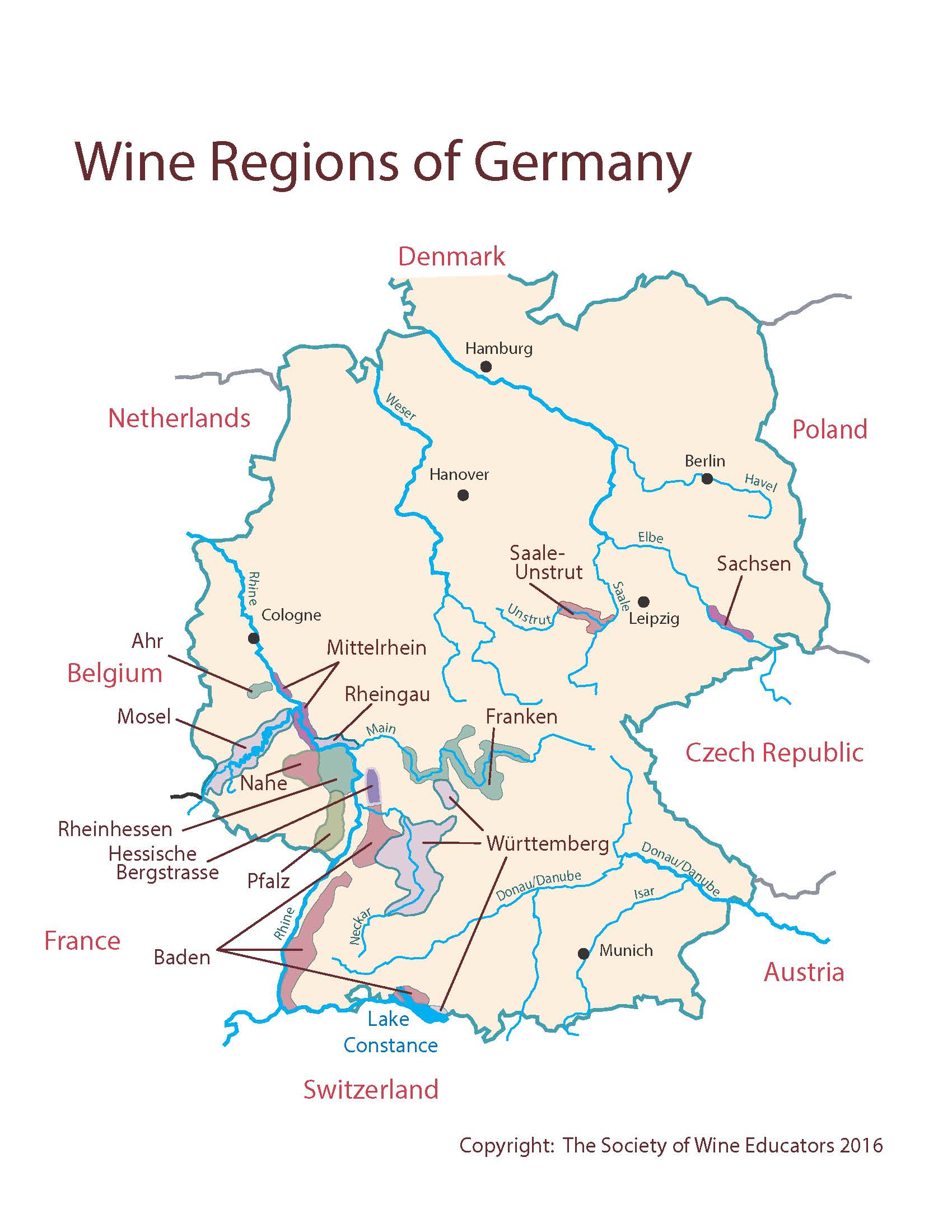
Apart from the spa treatments, Bad Neuenahr also features a lively casino. Bad Neuenahr-Ahrweiler is a spa town sitting among the hills of the Ahr valley. Although small, the Ahr region is Germany’s largest producer of red wines, mostly made from pinot noir grapes ( Spatburgunder). Footpath in the Ahr Valley (JuliaHermann / 4. Legend has it that the owner of the vineyard gave it to the ill Elector Bohemond II in the 14th century who was healed after consuming two glasses of the golden wine. The medieval town center and the 9th-century Landshut castle invite you for a visit before you go on a very original wine tasting tour: Doctor Wine Tour. Idyllic Bernkastel-Kues is another gem of the Mosel region. Or you can visit the vineyard Juffermauer located in Treis-Karden for a superb Riesling. Of course, we are interested in wine tastings, which can be enjoyed at H.H. There is the majestic Reichsberg castle, half-timbered houses, and city gates that date from 1332. Cochem, a medieval city that straddles the river, proves my point. The Mosel winds like a snake and with the steep, wine-covered slopes and medieval towns and villages surrounding it, it is one of the prettiest parts of Germany to visit in the fall.

Mosel wines are rather low in alcohol, with high acidity and fruity undertones. Cultivated since Roman times, the wines produced here come mainly from the Riesling grape and are sold in distinctive slim, dark green bottles. The river valley is lined with vineyard after vineyard, often very steep and terraced. The River Mosel is a very winding river that empties into the Rhine. Bernkastel & Cochem On The Banks Of The Mosel Bernkastel-Kues (Birgit Reitz-Hofmann/ ) 3. So, have your tasting of the best cider in one of the oldest and most original of the cider bars: Zum gemalten Haus.

Frankfurt is located in Hesse, and there are many other vineyards too, but you know the saying: “When in Rome …” Sachsenhausen is famous for a great variety of cider bars and pubs, as cider or Applewoi (Applewine) is the standard drink in Frankfurt. Frankfurt’s Sachsenhausen DistrictĪs you are so close to Frankfurt, you may as well take a few hours and visit the district of Sachsenhausen, south of the river Mainz. Alley in the Alt-Sachsenhausen district (Christian Mueller / ) 2.
#Wine maps germany pro
Pro Tips: Learn a few German words: vinery is Weingut, wine tastings are weinprobe, and the winegrowers are winzer. The best known wine is Oppenheimer Kroetenbrunnen, and you must stop at the vineyard of the same name and try its wines. Oppenheim is home to the German Wine Museum, which documents wine-growing history from Roman times. Of course, you want to try Niersteiner Domtal, too, so the next stop could be Weingut Staiger. Combine history with fine wine on the first stop on your wine tasting tour of Rhine-Hesse at the oldest vineyard site in Germany, Niersteiner Glock. The best wine-tasting locations are in the lovely towns of Nierstein and Oppenheim. The grapes that grow here are mostly white, Riesling for example, and the best known wine outside Germany is Liebfraumilch.

The largest city is Mainz with the international airport in Frankfurt only about 30 minutes away. The landscape is covered with hills on which many vineyards are found. Located on the west bank of the Rhine, it’s part of the larger region known as Rhineland-Palatinate. Rhine-Hesse is the largest of the German wine-growing regions. Nierstein (Sina Ettmer Photography / ) 1. The regions we take you to aren’t only best known for the quality of the wine but also for their history, traditional wineries, and beautiful landscapes with the leaves just turning colors. You can visit the best wine-tasting destinations year-round, but fall is especially appealing because it often coincides with wine harvest festivals. It was Emperor Charlemagne, however, who in the 8th century regulated the whole wine growing and marketing business, the center of which were mostly monasteries. They were lucky because the grapes took to the local conditions of their newly established province, Germania. It was the Romans who brought the first grapes to Germany when they conquered the region some 2,000 years ago and, apparently, found it too difficult to bring heavy amphoras with them across the Alps. Soil as well as climate favor the ripening of the grapes, white as well as red, and give German wines their much-coveted flavor and quality. The regions are located mostly in the southern part of Germany and along the rivers Rhine, Mosel, and Ahr. There are 13 regions where wine is grown, the same number as in France.


 0 kommentar(er)
0 kommentar(er)
